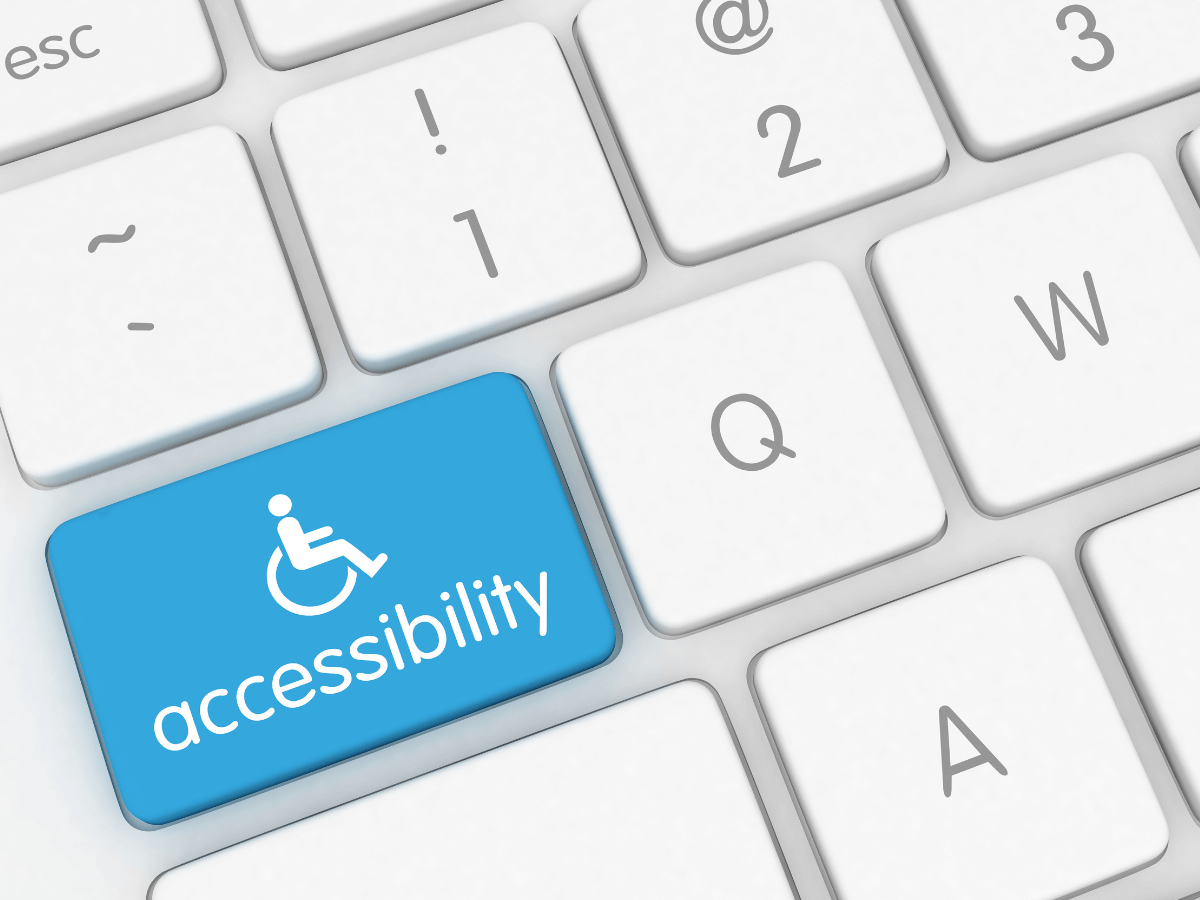Accessibility & Section 508
-

Ensuring digital accessibility means making your content usable for everyone, regardless of ability. Our new handbook offers resources, training, and best practices to help CAES and UGA Extension personnel meet ADA and WCAG 2.1 Level AA standards.
-

Because it’s federal law that our digital content be accessible to individuals with disabilities, this digital accessibility course was created to provide a basic understanding of digital accessibility, its importance, and federal compliance requirements.
-

Are you ready to learn more about how to make your digital communications (emails, websites, presentations) accessible to all? Our Digital Accessibility Basics presentation from February 2025 has everything you need to know as a communicator at CAES and UGA Extension.
-

A new federal rule requires state and local governments, including public universities, to ensure all digital content—websites, mobile apps, and social media—is accessible to people with disabilities. Issued by the U.S. Department of Justice, this update to Title II of the ADA was published on April 24, 2024, and took effect on June 24. As…
-

The Web Accessibility for Website Content Managers self-paced course using the Canvas Learning Management System is required for all new and existing website content managers.
-

The self-paced PDF accessibility course is available to all CAES and UGA Extension faculty and staff. If you distribute digital PDF documents on a website, by email, over social media, or any other digital means, this course is for you.
-

As we strive to create information and environments that are accessible to all, we are asking that you include an accommodation statement on all forward-facing, public event announcements or invitations.
-

While PDFs offer a convenient way to share documents with consistent formatting, they can also frustrate users with slow load times and compatibility issues. And, PDFs should not be used for on-screen reading.
-

While PDFs have long been a staple for sharing documents online, there are compelling reasons why HTML web pages reign supreme, especially when it comes to accessibility and user experience.
